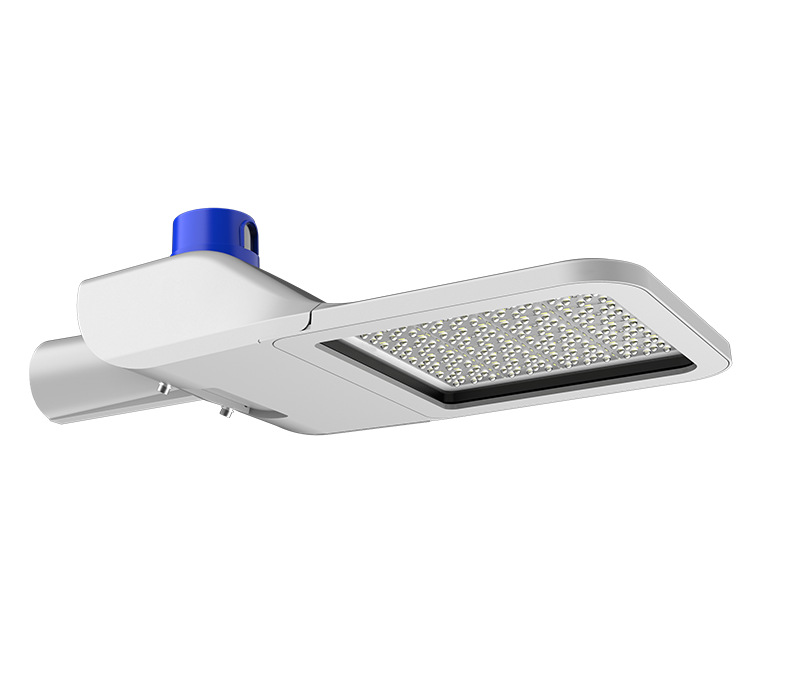

time:2021-05-27 Views:225
LED energy-saving lights are a general term for the industry, and there are many subdivided products, such as LED street lights, LED tunnel lights, LED high bay lights, LED fluorescent lights and LED panel lights. At present, the main market for LED energy-saving lights is gradually globalizing. Let me share with you three key points in the LED energy-saving light testing standards:
1. material
Led energy-saving lights can be made into ball-shaped straight tube and other shapes. Take straight-tube LED fluorescent light as an example. Its shape is the same as ordinary fluorescent tube. The power module and light-emitting diode are wrapped in a fluorescent tube transparent PC polymer shell. inside. The transparent polymer shell plays the role of fire prevention and electric shock prevention in the product. According to the standard requirements, the energy-saving light housing material must be above V-1 level, so the transparent polymer housing must be made of materials above V-1 level. For the product shell to reach the V-1 level, its thickness must be greater than or equal to the thickness required by the V-1 level of the raw material. The fire rating and thickness requirements can be found on the UL yellow card of the raw material. In order to ensure the brightness of LED energy-saving lights, many manufacturers often make the transparent polymer shell very thin, which requires inspection engineers to pay attention to ensuring that the material meets the required thickness of the fire rating.

2. Drop test
According to the requirements of the product standard, the product should simulate the drop test that may occur during actual use. The product should be dropped from a height of 0.91 meters onto a hardwood board. The product shell should not be broken to expose the dangerous live parts inside. When the manufacturer chooses the material for the product shell, it must do this test in advance to avoid the loss caused by mass production not meeting the standard.
3. Dielectric strength
The transparent shell encloses the power module inside, and the transparent shell material must meet the requirements of electrical strength. According to the requirements of the standard, based on the North American voltage of 120 volts, the internal high-voltage live parts and the shell (covered with metal foil for testing) must be able to withstand the AC 1240 volts electrical strength test. Under normal circumstances, the thickness of the product shell reaches about 0.8 mm, which can meet the requirements of the electric strength test.